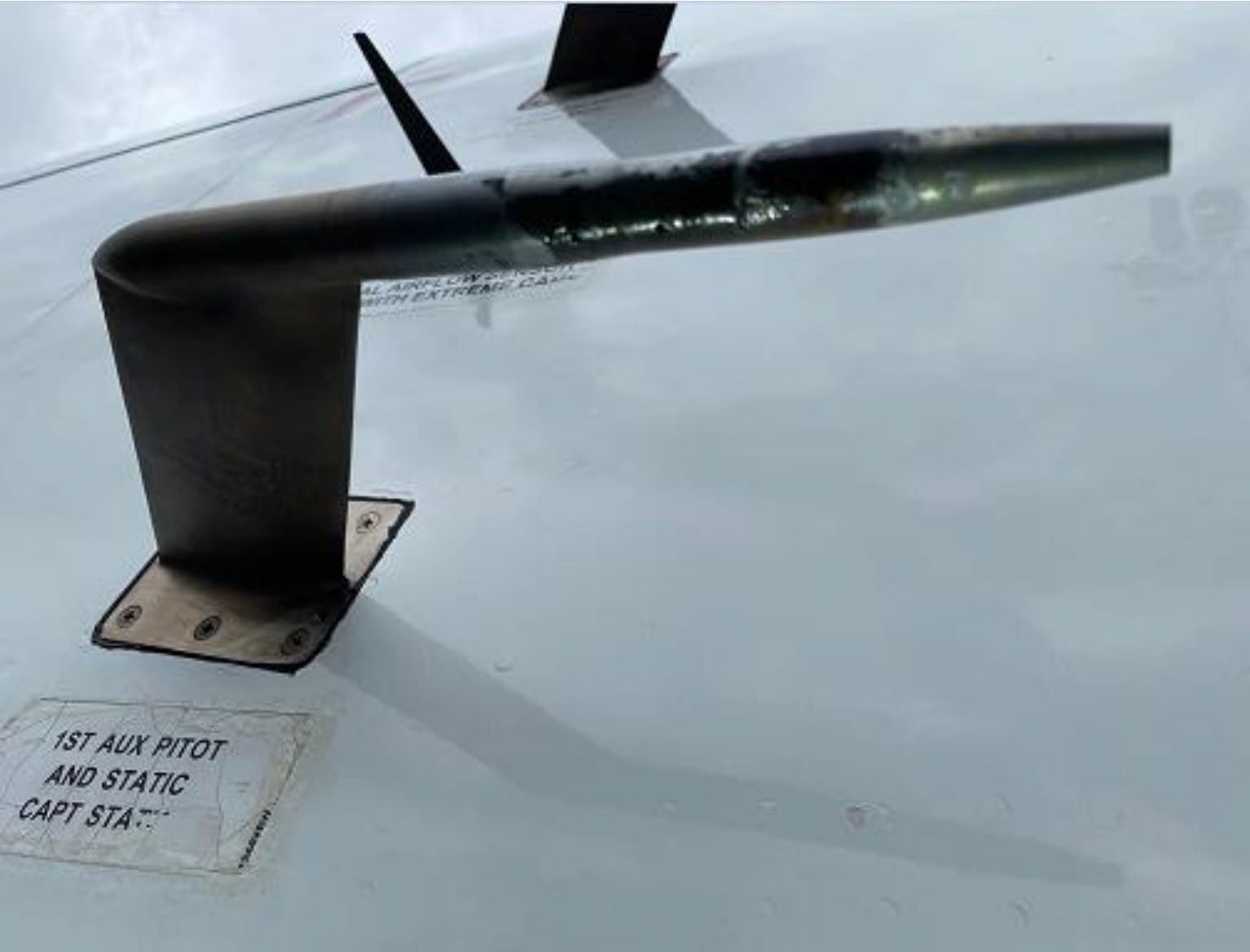 ZK-TLJ 737-400F Altitude & Speed Discrepancy
ZK-TLJ 737-400F Altitude & Speed Discrepancy
Home > Accident News > ET-AVJ
Contents
13 Apr 2023 - ZK-TLJ 737-400F Altitude & Speed Discrepancy
On 10 June 2022, the flight crew of a Boeing 737-476SF freight aircraft, registered ZK-TLJ, noted a 340 ft discrepancy between the captain’s and first officer’s altitude when operating in RVSM airspace after departing Perth Airport, Western Australia. They had also observed an airspeed and Mach number difference, but this was within the manufacturer’s stipulated limits. The aircraft was descended, and the flight crew completed the QRH - Airspeed Unreliable procedure. It was determined that the first officer’s instruments were reliable for a return to Perth. After landing, ground crews found foreign residue adhered to the lower surfaces of all 4 pitot-static probes.
The ATSB established that, during an engine ground run 2 days prior to the incident, the pitot‑static probe covers were not removed, and the automatic pitot heat was not isolated as required by the ground run procedures checklist, As a result, the covers melted onto the probes. Although cleaned, residue remained on the probe surfaces, which had the potential to compromise the accuracy of the pitot-static instruments in-flight. However, as seven flights had been completed between the ground run and the incident flight with no altitude discrepancies reported during this time, the ATSB was unable to a establish a link between the remaining residue and the flight.
All of the information, photographs & schematics from this website and much more is now available in a 374 page printed book or in electronic format.
*** Updated 05 Aug 2023 ***


